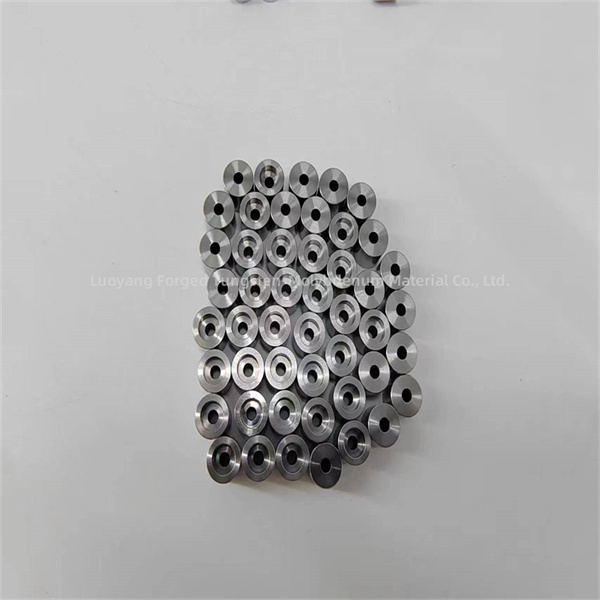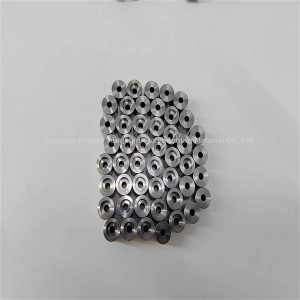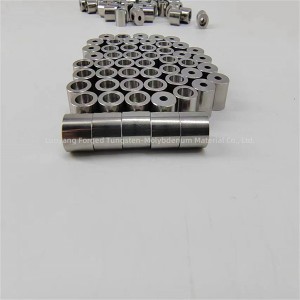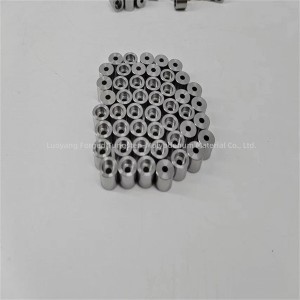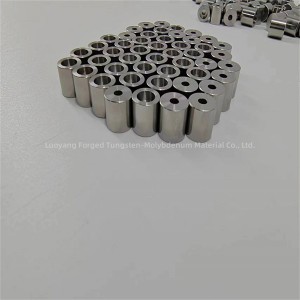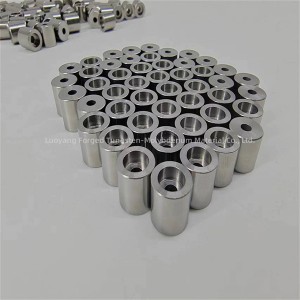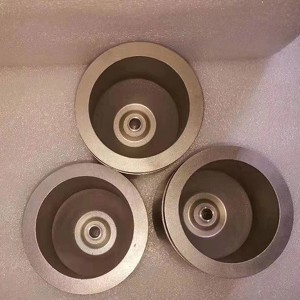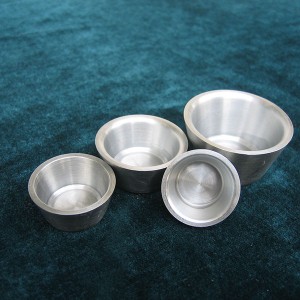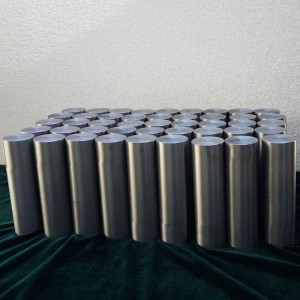99.95% tungsten tube processing parts for industry
Depending on the desired end product and its intended application, tungsten can be shaped using various methods. Some common techniques for tungsten forming include:
1. Machining: Tungsten can be formed using traditional machining processes such as turning, milling, drilling and grinding. However, due to its high hardness and brittleness, specialized tools and techniques are often required to process tungsten effectively.
2. Electrical discharge machining (EDM): Electrical discharge machining is a non-traditional machining method that shapes tungsten by using electric discharge to erode the material. This method is particularly useful for creating complex shapes with tungsten.
3. Powder metallurgy: Tungsten can also be formed through a powder metallurgy process, where tungsten powder is pressed into the desired shape and then sintered to form a dense and strong component.
4. Forming and extrusion: Tungsten can be formed through processes such as forging, rolling and extrusion to produce parts with specific geometries and mechanical properties.
Each of these forming methods has its advantages and limitations, and the choice of technique depends on factors such as part complexity, required tolerances, and the properties of the final tungsten part.

Tungsten is used to manufacture parts for a wide range of industries. Some common uses of tungsten in part manufacturing include:
1. Electrical components: Tungsten is used to make electrical contacts, light bulb filaments and other electrical components due to its high melting point and excellent electrical conductivity.
2. High-temperature furnace components: Because tungsten has excellent strength at high temperatures, it can be used to produce heating elements, furnace components, and other high-temperature components.
3. Cutting tools and wear-resistant parts: Due to its high hardness and wear resistance, tungsten can be used to make cutting tools, drill bits, blades and wear-resistant parts for machining, metal processing and mining applications.
4. Aerospace and defense components: Due to its high density and strength, tungsten is used in aerospace and defense applications for components such as rocket nozzles, ballasts, and counterweights.
5. Medical and Radiation Shielding: Tungsten is used in medical devices and radiation shielding applications due to its high density and ability to absorb and attenuate radiation.
Overall, tungsten is valued for its unique combination of properties, including high density, high melting point, and excellent mechanical and thermal properties, making it suitable for a wide range of part manufacturing applications.

Wechat:15138768150
WhatsApp: +86 15838517324
E-mail : jiajia@forgedmoly.com

